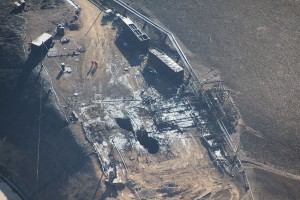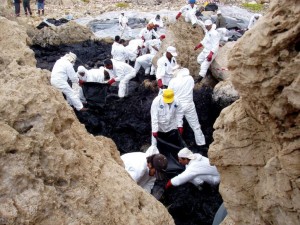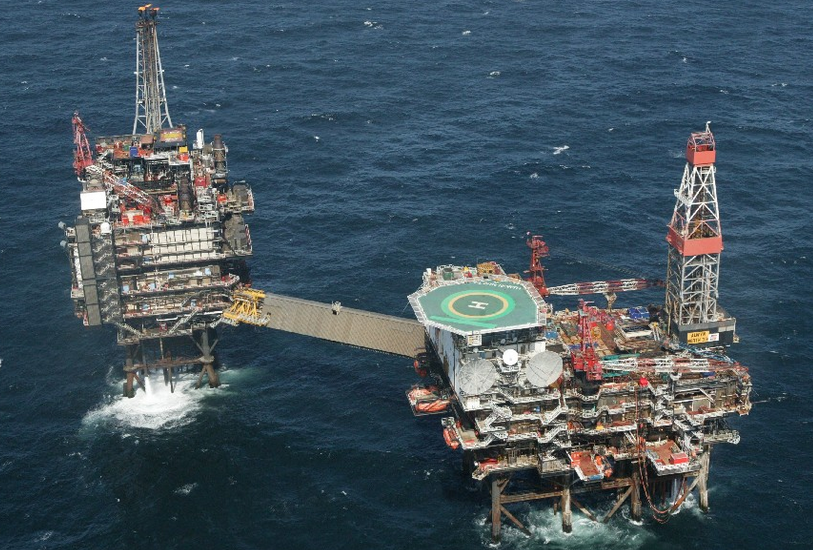 A 12-year-old crude oil leak in the Gulf of Mexico has Taylor Energy and its president, William Pecue, in trouble after allegations that the extent of the spill was hidden from the public. Meanwhile, Chevron is cleaning up a crude oil spill of 300 liters from a bunker in the Philippines, Danish authorities are investigating a potential leak of over 178,000 liters into the North Sea, and residents of Southern California are still dealing with the devastating impact of a massive, ongoing natural gas leak in the Aliso Canyon.
A 12-year-old crude oil leak in the Gulf of Mexico has Taylor Energy and its president, William Pecue, in trouble after allegations that the extent of the spill was hidden from the public. Meanwhile, Chevron is cleaning up a crude oil spill of 300 liters from a bunker in the Philippines, Danish authorities are investigating a potential leak of over 178,000 liters into the North Sea, and residents of Southern California are still dealing with the devastating impact of a massive, ongoing natural gas leak in the Aliso Canyon.
All in all, 2016 is shaping up to be a banner year for oil and gas leaks. And government regulators along with environmental groups, industry leaders, and even many ordinary citizens intend to learn from these mistakes.
In part that means creating more sophisticated sensor technologies in order to ensure early detection of leaks and stop them while damage to the surrounding environment is minimal.
In the case of methane and other gas leaks, there is increasing interest in infrared camera sensors, which can show plumes and gases against the surrounding landscape. The EPA is also funding a project to develop a 3D-imaging technology that will be able to create accurate models of leaks, all with gear that can be mounted onto drones or other vehicles to maximize the ir sensing footprint.
ir sensing footprint.
While infrared cameras and other devices are being developed to detect gas leaks in the air, more sophisticated sensors are also being created to sense liquid oil leaks in the sea. A team at the Polytechnic University of Valencia in Spain has just created a sensor system that will be able to detect even very small amounts of contamination, determining specifics like the size and location of the contaminated area.
With increased regulations surrounding greenhouse gas emissions and other environmental pollutants, technologies like these are bound to expand in order to meet the challenges put forward by government regulators. Such devices, in addition to more traditional tools like tank level sensors, ultrasonic sensors, and others, will all be crucial for early detection and resolution of oil and gas spills as we move forward through the 21st Century.





